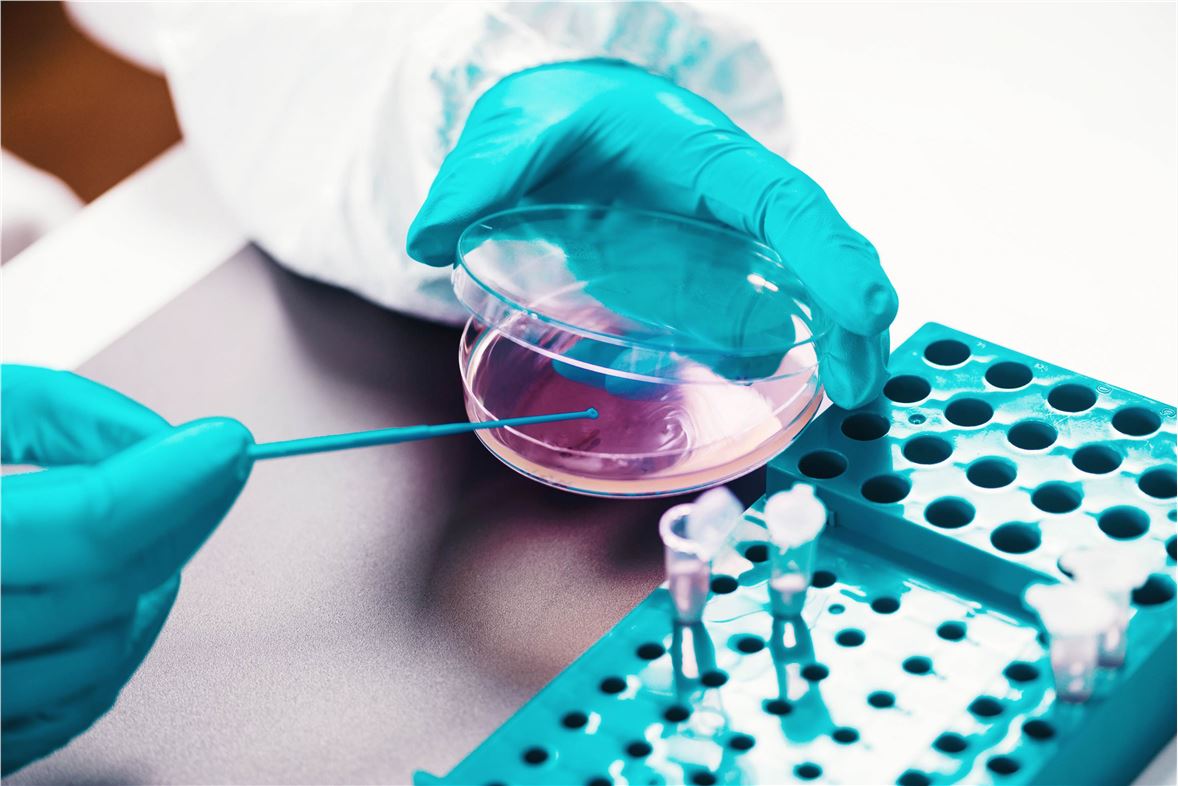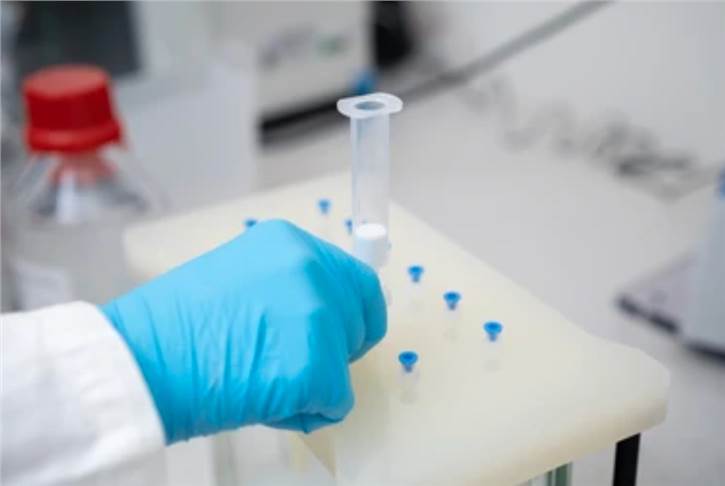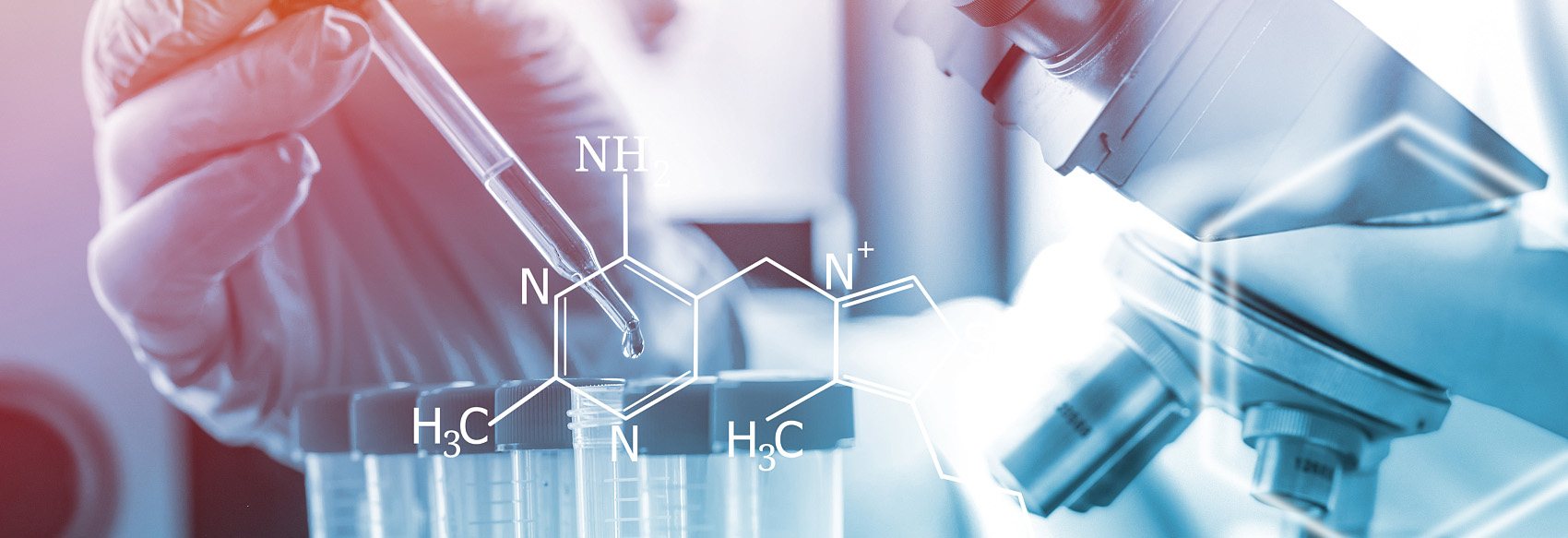An essential component of metabolomics research, targeted metabolomics is the expansion and continuation of whole metabolome research. It has a number of qualities, including excellent specificity, high detection sensitivity, and precise quantification. Our company provides professional targeted metabolomics services for the detection and analysis of specified metabolites, especially metabolites of one or several pathways.
Service Overview

This analytical service focuses on validating pre-defined metabolites or identifying potential biomarkers using a large number of natural and biological variant samples. Our company accurately analyzes samples using both qualitative and quantitative methods to determine their biological significance.
We can find differential metabolites through untargeted metabolomics, which can then be further qualitatively and quantitatively validated through targeted metabolomics. Our targeted metabolomics services typically use targeted MS/MS with multiple reaction ion monitoring (MRM) on triple tandem quadrupole LC/MS systems or selective ion monitoring (SIM) on GC/MS systems.
Our main services are listed below.
Service Features
- Most comprehensive database: Using the LipidSearch database, the MS2 and MS3 databases contain over 8 categories, 300 subcategories, and 1.7 million lipid molecules.
- Diverse analytical platforms: HPLC, GC, LCMS, GCMS.
- Strict quality control: Quality control and evaluation of each project.
- Professional services: project after-sales guarantee, including data publication support.
Our targeted metabolomics services can be used to: validate hypotheses proposed with non-targeted metabolomics experiments, perform exploratory experiments based on hypotheses, and study metabolic models for specific metabolites.
Analysis Process
Our general analysis process for targeted metabolomics is as follows.
Step 1: Data Acquisition
The first step is to obtain a standard. If they are not available on the market, they must be custom synthesized. Then the signal is obtained by optimizing the product ion collision energy in order to obtain, and then the MRM leap value of the metabolite is determined by measuring the triple tandem quadrupole.
Step 2: Quantification
Next the MRM data are processed with quantitative analysis software to obtain a report.
Step 3: Statistical Analysis and Interpretation
The quantitative report is entered into a statistical analysis software package and the data are processed using statistical tools, such as ANOVA.

Sample Requirements
| Sample Type | Recommended Sample Size | Pre-treatment and Storage |
| Microorganisms and Cells | >107 | Rapidly blunts metabolic activity while keeping cells from lysis. |
| Plants | 200 mg/case | Rapidly freeze in liquid nitrogen after collection, then transfer to -80 °C for storage. |
| Animal body fluids (e.g. urine, blood, tissues, organs, saliva) | >0.3 mL | Pre-treat rapidly after sampling, e.g. add anticoagulant, preservative, and freeze immediately afterwards (-80 °C). |
| Serum | 500 uL/case, must not be less than 200uL/case | Blood is collected in centrifuge tubes and left for 30 minutes for clotting. The supernatant is then centrifuged and loaded into a clean centrifuge tube and sent frozen at -80 °C. |
| Urine | 1 ml/case, in principle you can take more | Urine is dispensed directly into centrifuge tubes with a drop of sodium azide at 1/100th (w/v) mass volume and sent frozen at -80 °C. |
Data Reporting
In the final technical report, Our company provides detailed technical reports in the final technical report, including
- Experimental steps
- Relevant mass spectrometry parameters
- Mass spectral images
- Raw data
- Metabolic molecules identification results
If you are looking for smarter, higher quality solutions that incorporate best practices, please feel free to contact us.
It should be noted that our service is only used for research, not for clinical use.


